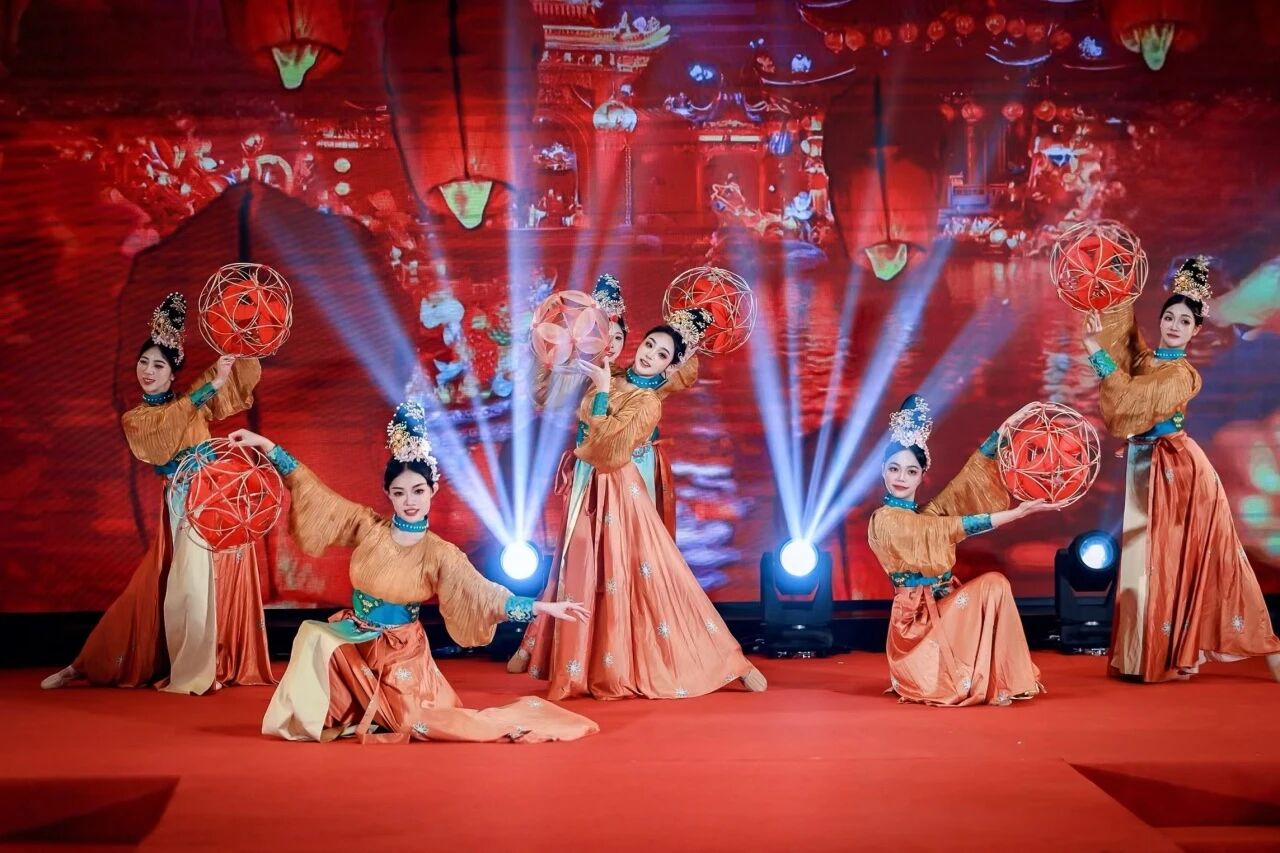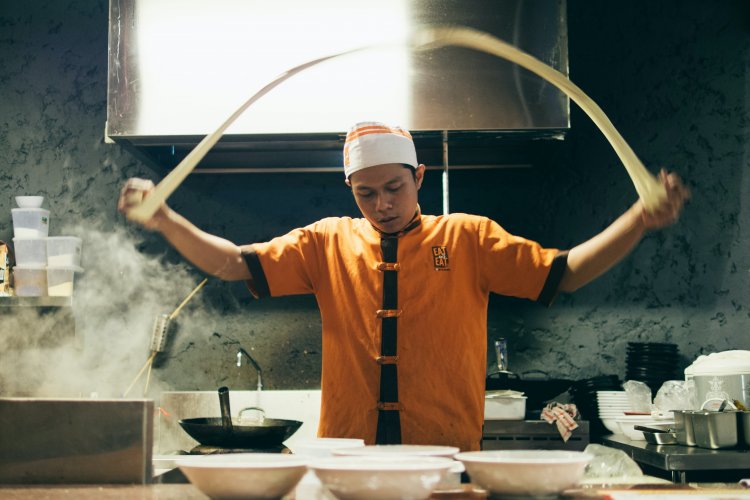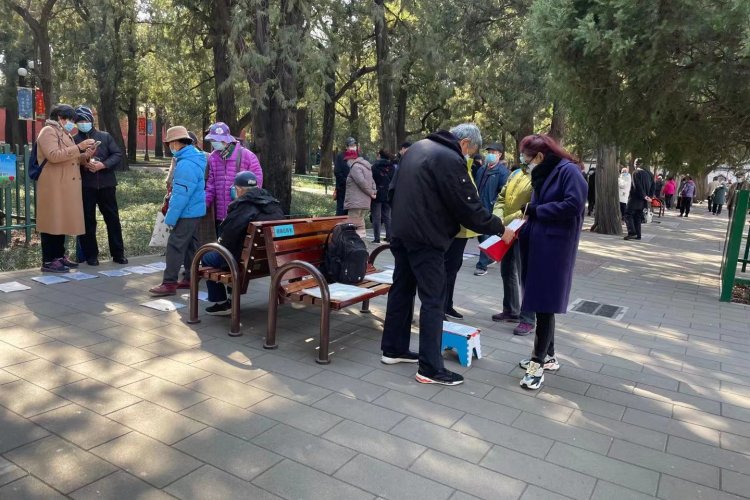The Folk Allure of the Rolling Lantern
Among the vast treasury of Chinese folk arts, few are as captivating as the rolling lantern (滚灯 gǔndēng). Unlike the stationary or hanging lanterns most people picture during festivals, this one is designed to move, tumble, spin and soar through the air in the hands of a skilled performer while its flame miraculously remains alight. For centuries, this extraordinary art form has traveled across the country, leaving its mark on the cultural landscapes of Jiangnan, East China and even the far northwest, spawning regional variations such as the Fengxian rolling lantern, Yuhang rolling lantern, and Haiyan rolling lantern.
The lantern itself is a marvel of craftsmanship. Typically made from split bamboo, thin wood, and layers of paper or cloth, its structure features two concentric spheres: an outer bamboo frame enclosing a candle fixed at the center. Ingeniously, the design employs a balancing mechanism similar to a gimbal, ensuring that no matter how the lantern rolls, tosses or spins, the flame remains upright, steady, and bright. When accompanied by the clash of gongs and drums, performers hurl, cradle or twirl the glowing sphere, their agile movements fusing human strength with fire's living spirit.
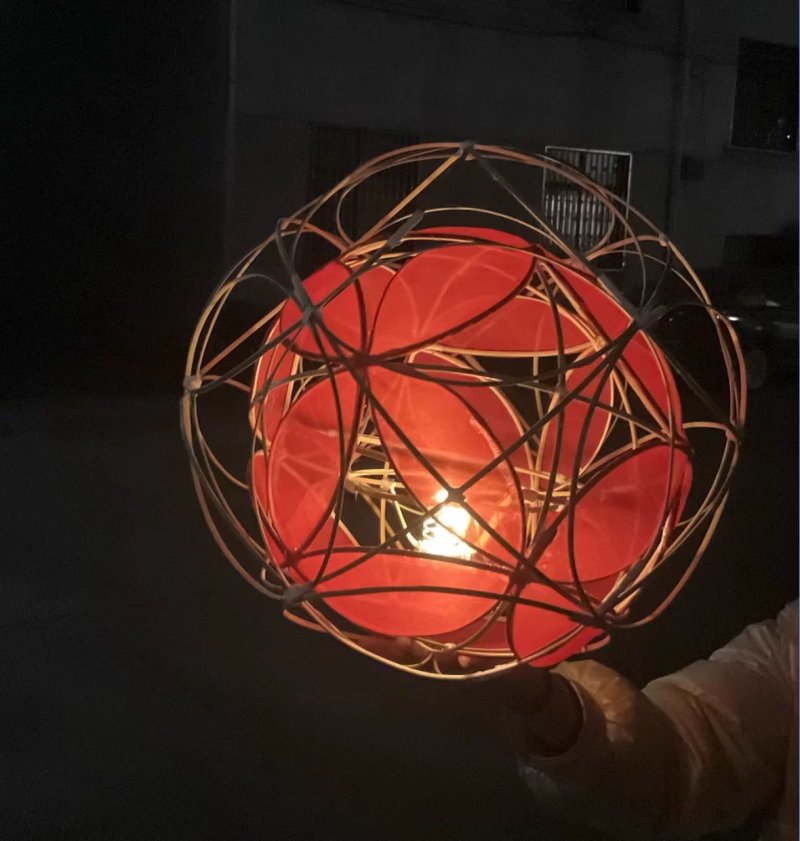
One of the oldest traditions is the Fengxian rolling lantern, with a history spanning more than 700 years. Local lore traces its origins to the flood-prone coast of Hangzhou Bay. To appease the waters and drive away disasters, villagers donned masks of the deity Erlang Shen and danced with rolling lanterns as offerings. Over time, the ritual transformed into festive entertainment, and today, at every lantern fair, harvest festival or grand celebration, rolling lanterns remain the centerpiece, hailed as the “chief of a hundred lanterns” and “king among lanterns.” The Fengxian version is especially elaborate, crafted with double bamboo spheres and divided into “civil” and “martial” styles. Its dazzling routines bear poetic names like “Wrapping the Waist,” “The White Crane Lays an Egg,” and “Spider Spins Its Silk,” combining daring stunts with elegance and artistry.
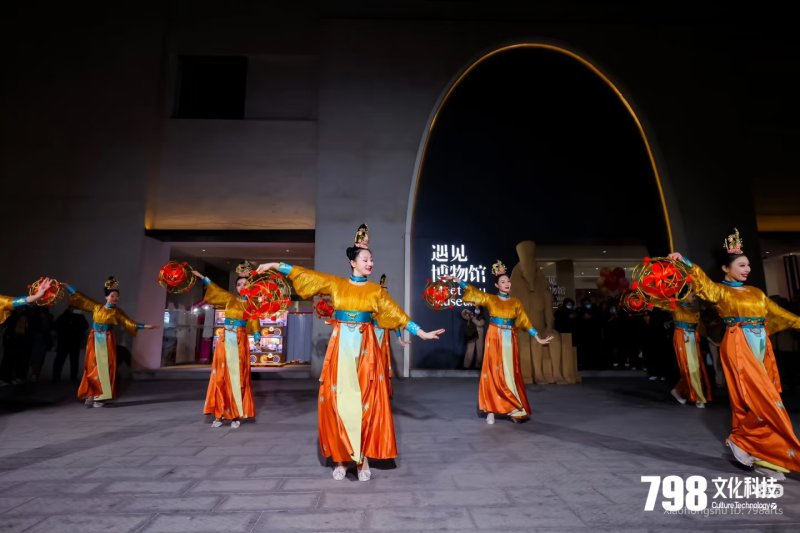
In Haiyan, the rolling lantern takes on a martial edge. Performers don short, warrior-like costumes, moving in disciplined unison. With each toss, the lantern arcs through the night, its flame never faltering, embodying both the competitiveness of athletic skill and the grace of Jiangnan culture. Crowds gather close, creating a lively yet solemn atmosphere as the glowing spheres carve fiery paths through the dark.
But rolling lanterns are more than a spectacle. The art is also a testament to craftsmanship. Lanterns are made from carefully chosen mature bamboo, split, shaved and woven with painstaking precision. Nowadays, however, you can actually find DIY rolling lantern kits on Taobao and other shopping apps if you want to try your hand at making one.
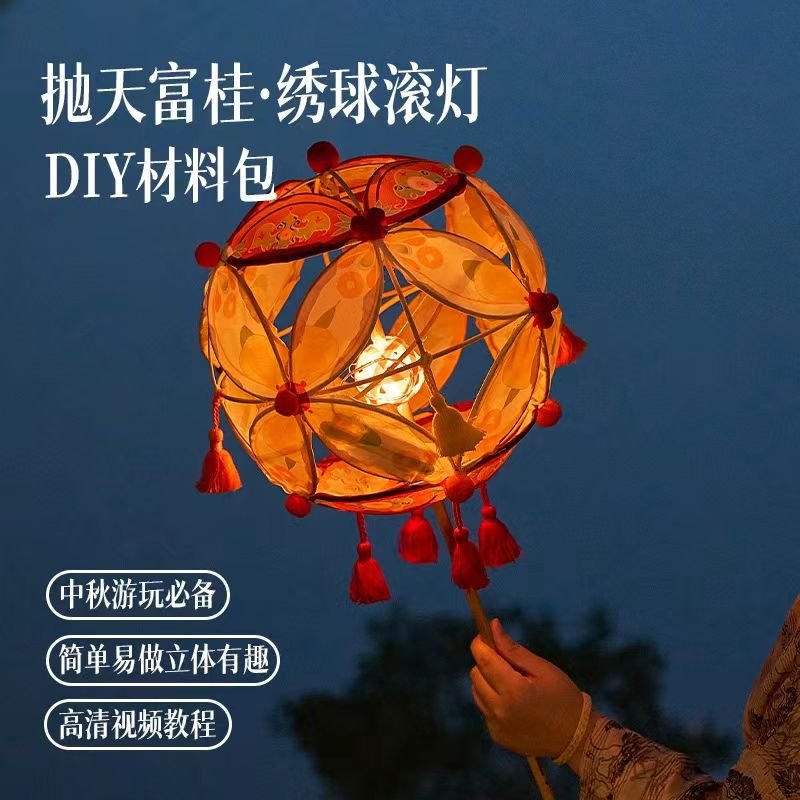
There was a time when rolling lanterns fell into decline due to social upheavals in the 20th century. It was not until the reform period that they began to reappear, first in temple fairs, then on national stages. In 1999, the Yuhang rolling lanterns dazzled audiences during the National Day celebrations at Tiananmen Square. In 2008, they glowed once more at the opening ceremony of the Beijing Olympics.
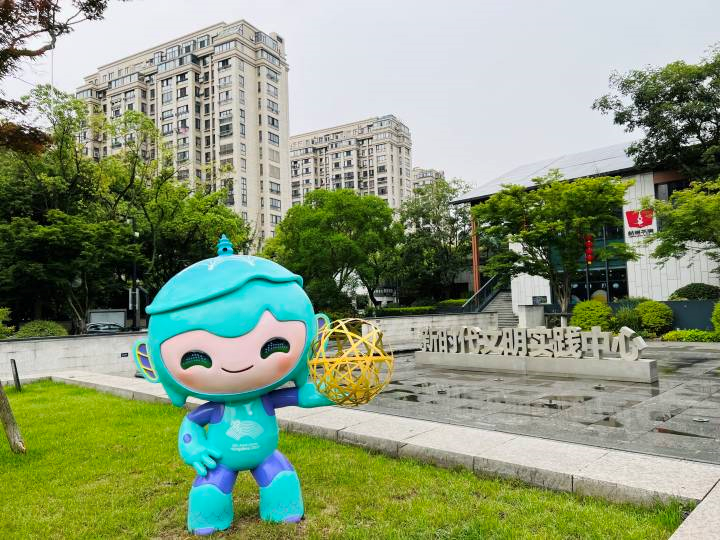
In 2023, rolling lanterns lit up the Hangzhou Asian Games warm-up performances, infused with contemporary rhythms and choreography. Linping District even wove lantern motifs into the Games' mascot styling, giving this ancient art a fresh identity in the global spotlight. In the 798 Art District's Chinese New Year celebrations earlier this year, there was also a rolling lantern show as part of the festivities.
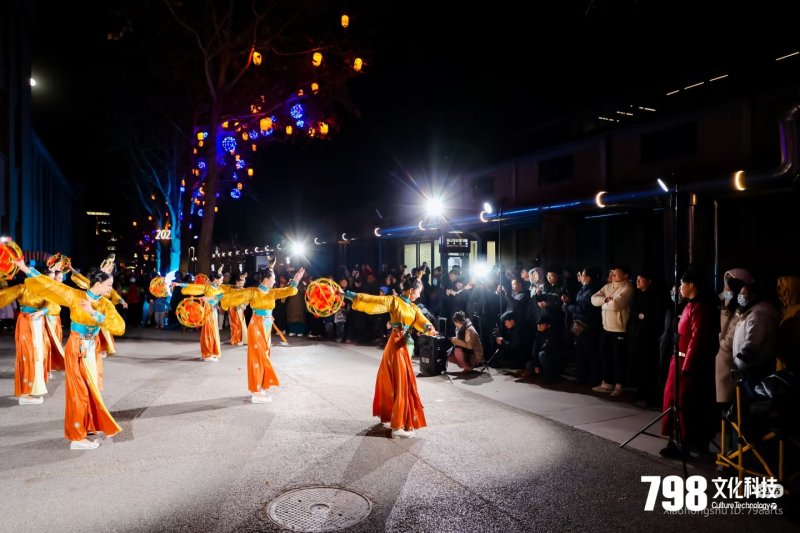
In recent years, rolling lanterns have also found their place in Mid-Autumn festivities, particularly in Fengxian, Shanghai, where the tradition remains strongest. At community events such as the Qiutian Yuexia night fair, rolling lanterns open the celebration before families gather to admire the moon.
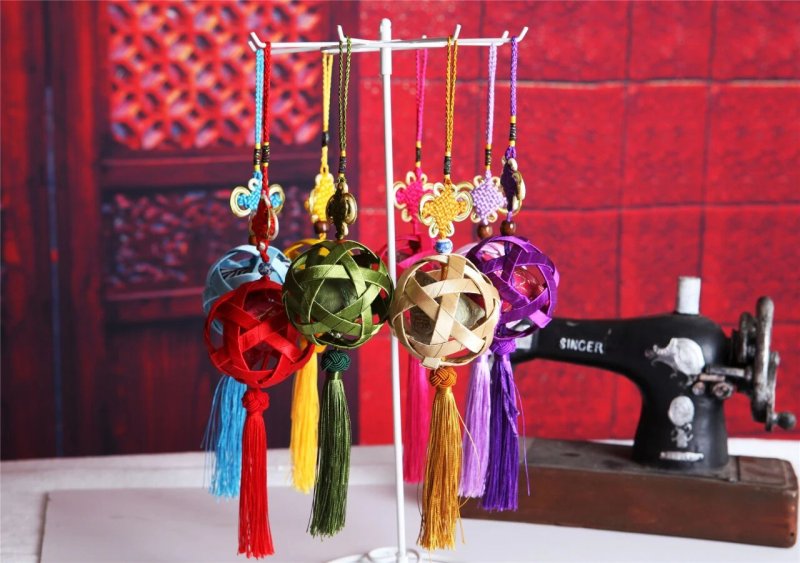
In September 2024, Shanghai Sports Museum hosted workshops where parents and children tried their hand at crafting smaller rolling lanterns or related ornaments, keeping the folk skill alive through hands-on participation. Many neighborhood activities in Fengxian, like “Welcoming the Mid-Autumn Festival, Warming the Heart,” invite residents to make rolling lantern accessories together. These scenes show how an art once tied to exorcism and harvest rites has been gently reimagined as a symbol of reunion and joy. While rolling lanterns may not yet be a staple of National Day festivities, their reappearance during Mid-Autumn highlights their continuing role in the rhythm of Chinese seasonal celebrations.
READ: Mooncake Memories: Your Guide to its Colorful History
Images: 798 Arts District, Taobao, The 19th Asian Games, Xiaohongshu, Shanghai Sports Museum

